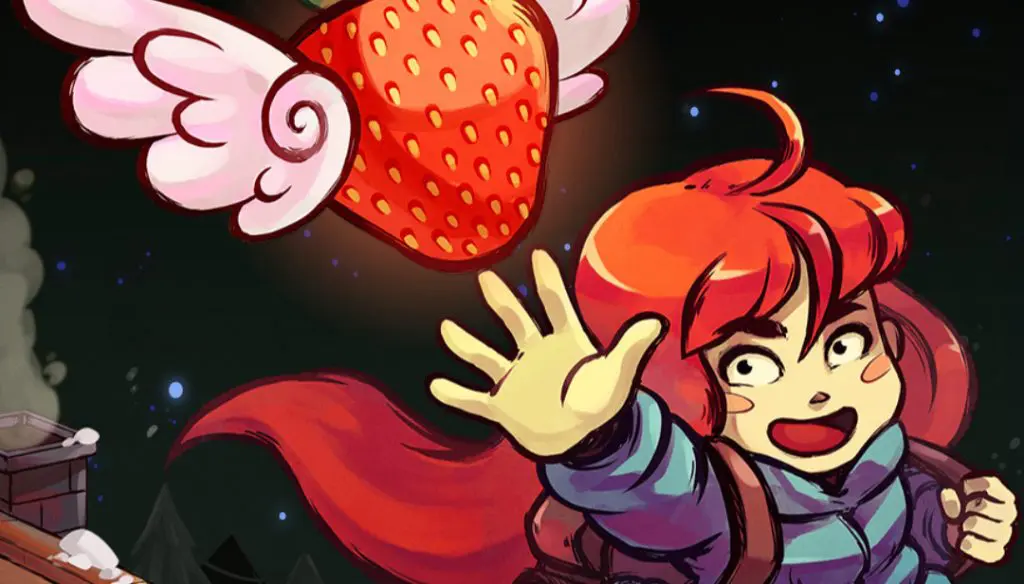Summary
Celeste is a perfectly serviceable (if slightly unfulfilling) platformer that is unfortunately hamstrung by its adherence to a pandering, infantilising theme, and an insufferably-written story populated by thoroughly unlikeable characters.
Seemingly the entire video game industry’s latest fascination, Celeste is another in a long line of rock-hard trial-and-error platformers that have been popularised by stuff like Super Meat Boy and VVVVVV. Developed by Matt Thorsen, Celeste is a competent, confident entry in the genre, but one that also, unfortunately, tries to set itself apart with a focus on a badly-written narrative and an infantile treatment of depression and mental health.
A story in a game like this?
It’s admittedly trite. The titular Celeste is not the name of the protagonist – that would be Madeline – but instead the name of a mountain she has resolved to climb. Her reasons for doing so are nebulous – at least at first. It’s a challenge; something to be overcome. Her need to conquer is a metaphor, of course. As she clambers upwards, forces conspire to drag her down. Sometimes it’s gravity. Sometimes it’s a pallid, purple-haired version of her. This malevolent doppelganger, which the game helpfully titles Part of Me, is the metaphorical embodiment of Madeline’s anxieties. When it pursues her, she’s having a panic attack. It’s a patronising, cynically on-trend theme that boils away the complexity and nuance of mental illness to leave behind a ghost-like apparition. To argue with it, to flee from it, argues Celeste, is to heal.
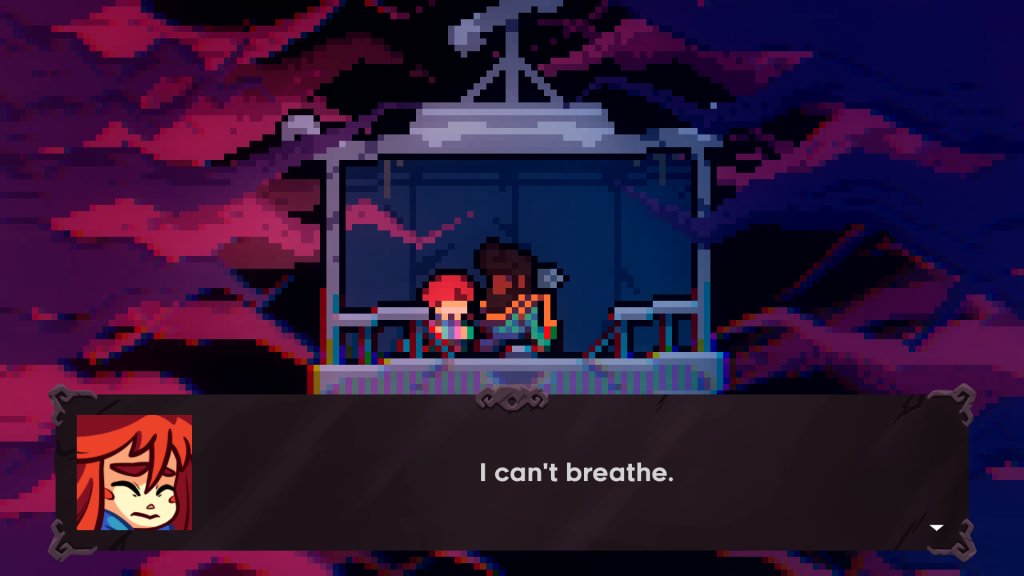
Isn’t it helpful for games to broach these topics?
Were Celeste as novel as some critics have pretended it is, then that might be the case. But depression specifically and mental health generally have been explored more originally and evocatively in other games. The text-based Depression Quest communicated the effect through dialogue options that weren’t selectable depending on the protagonist’s state of mind. Actual Sunlight used the old-school pixel-art aesthetic, a little like Celeste, but was terrifically well-written. Celeste feels fashionable rather than insightful.
How is it as a platformer?
Madeline’s 2D move-set is familiar. You run, jump, climb and air-dash in a given direction. That’s it. In combination they make for a just-deep-enough repertoire that smartly encourages speedy play through the odd incentivising design choice. Madeline can only climb for so long, for instance, and can only use her air-dash once before her feet touch the ground again. The best sequences in Celeste – and there are several excellent ones – have the player chaining together all of Madeline’s abilities to whizz through a complex environment.
But what you start with is, more or less, when you end with. There’s no development of these skills. You don’t upgrade Madeline’s stats or grab power-ups, besides mandatory quirks in the various environments that’ll, say, allow for another air-dash before landing. But as your path through the levels essentially requires the use of these features, they don’t feel like upgrades so much as components of the puzzle.
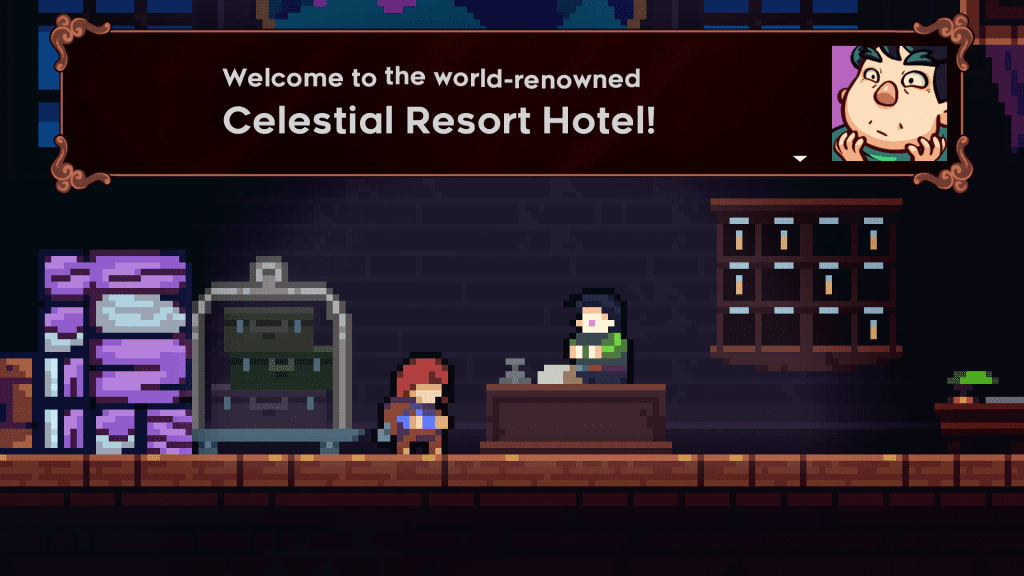
So how does such a simple game maintain interest?
Mostly through variety in location, with each area offering a new spin on Madeline’s limited move-set. As with any such game, these mechanics return throughout, intertwining with other traps and gradually ramping up the complexity of Celeste’s challenges. One area introduces floors and walls coated in creeping spikes that follow your progress, making retreat impossible. Another contains undulating slabs filled with multi-coloured plus signs; these, you can only dash through, and they propel you full-speed out of the opposite side. There are plenty more.
Because of these constant additions to the core formula, Celeste is never boring. The platforming is responsive and consistent, as it must be. There’s a heft and a crunch to Madeline’s movements. It is, in simplistic terms, fun. It’s also challenging.
How challenging, exactly?
By the standards of other games in this genre, Celeste represents a manageable entry-point to masocore – another dopey portmanteau, like “Metroidvania”, that combines, in this case, the terms “masochistic” and “hardcore”. It’s a predictably silly name for a style of game that can, at its best, feel decidedly hypnotic. Celeste is certainly hard enough. I died 1461 times. And almost all of those deaths were attributable to my mistakes. The game’s built for it, too. Each failure only sends you back to the start of the screen, and as one of the game’s helpful loading screen postcards informs you, “The more you die, the more you’re learning. Keep going!”
I kept going. But overcoming Celeste’s obstacles didn’t give me much satisfaction. Often, the solution to each room is obvious. The difficulty comes in achieving the pixel-perfect sequence of movements to carry you from entrance to exit. This, for some reason, is a less compelling reward than figuring out a particularly taxing problem. The best areas in Celeste are the ones that require more thought, more exploration, more effort than simple repetition. The ones that, say, require you to explore multiple adjacent rooms, and use a power-up found in one to zip through the area you were struggling with, is where the game really comes to life as a platformer. Unfortunately, areas like this aren’t as frequent as those which simply demand perfection.
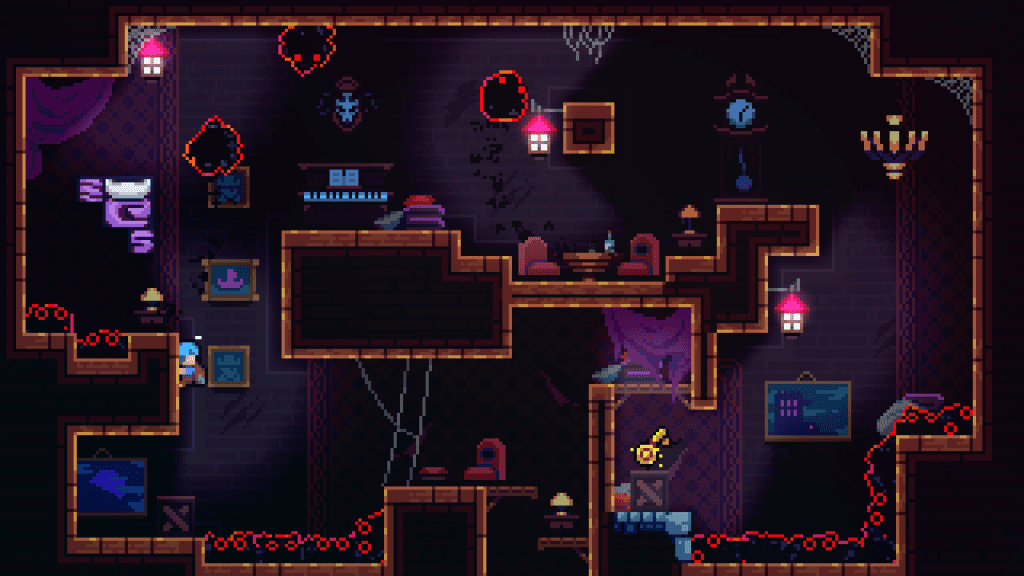
Is the lack of challenge disappointing?
Not really, as it’s still there. You’ll just find it slightly apart from the main game, which is short and slight, but far from where the experience ends. Each level comes paired with a discoverable “B-Side”, which rearrange the obstacles into a spectacularly difficult composition. But Celeste also represents the opposite end of the difficulty spectrum. With its “Assist Mode”, it allows the player to essentially break the game. This optional setup gives the option to, say, make Madeline invincible, or give her unlimited air-dashes. I never used it, as my stubborn personality wouldn’t allow me to. But it’s there for people more sensible than me, and I’m thankful for it. Any steps towards inclusivity are welcome, especially in a genre that fetishizes oppressive difficulty.
“Assist Mode” doesn’t seem in-keeping with the Celeste theme.
Perhaps not. Struggling against seemingly-insurmountable odds as a metaphor for overcoming one’s anxieties is an idea I quite like, and you get the sense that committing to it more, making the player suffer in order to overcome, with no other alternative, would have communicated the message a bit better. But you also get the sense that Celeste’s creators take a certain pleasuring in delivering that message as one of support. They’re cognizant enough of anxiety’s effects to not force it on their audience.
If only they knew how to write it in a way that wasn’t so whiny.
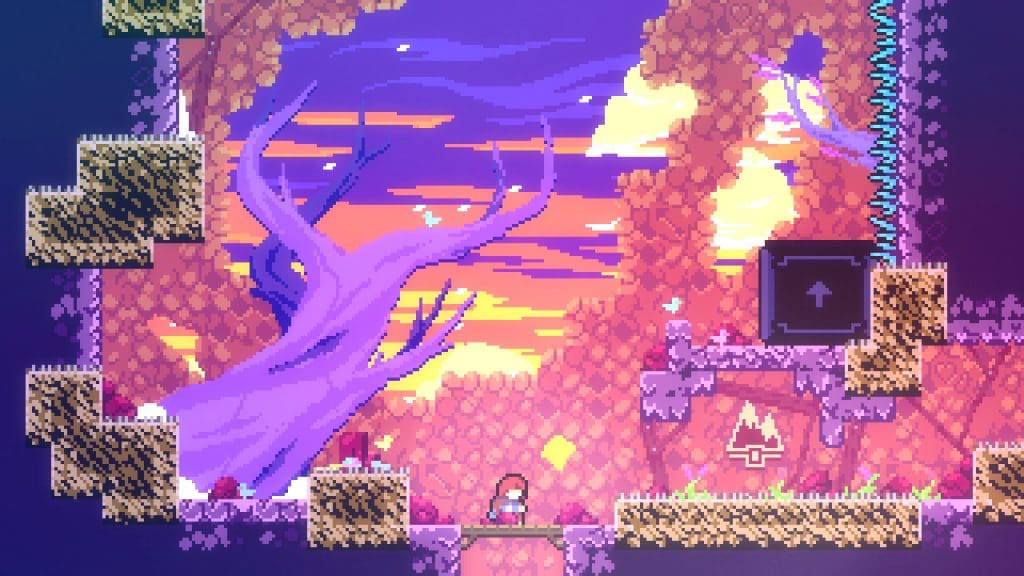
That really bugs you, doesn’t it?
Tremendously. Were it less prominent, or at least skippable, then I might not bother so much. But Celeste’s incessant pandering is such a significant portion of the experience that I can’t ignore it. Whether it’s Madeline’s friend Theo, an insufferable Millennial hipster stereotype, droning on about selfies; or the way the characters speak in grating, infantile gibberish, which gets more pronounced as they get more upset, I consistently found Celeste’s nonsensical self-pity to be borderline insulting.
More Stories
- Games like Celeste

